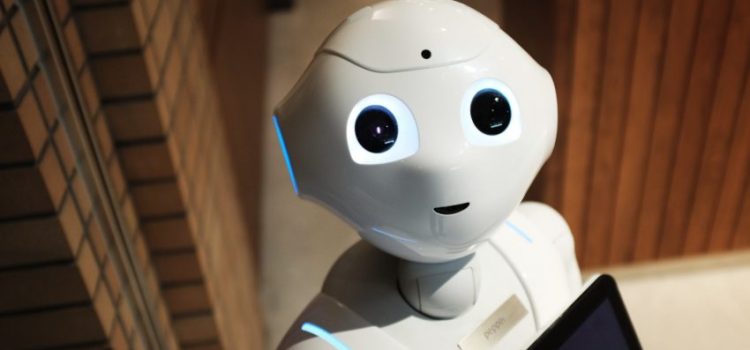Introduction:
Artificial intelligence (AI) has become one of the most exciting and transformative technologies of our time. From speech recognition and image classification to natural language processing and decision-making, AI has already shown its potential to revolutionize the way we work, live, and communicate. In this blog post, we'll explore the fascinating world of AI, its history, applications, and the challenges and opportunities it presents.
 |
| Artificial Intelligence(AI) |
Part 1: The History and Evolution of AI
AI has its roots in the early 20th century when mathematicians and logicians began exploring the concept of a "universal machine" that could perform any intellectual task. In the 1950s, the field of AI officially began with the Dartmouth Conference, where a group of researchers proposed to develop machines that could simulate human intelligence. Over the next few decades, AI saw a series of successes and failures, from early rule-based systems to expert systems, and eventually to machine learning and deep learning.
 |
The History and Evolution of AI |
Part 2: The Types of AI
AI can be broadly divided into two types: narrow or weak AI, and general or strong AI. Narrow AI is designed to perform specific tasks or solve specific problems, such as speech recognition or image classification. Examples of narrow AI include virtual personal assistants like Siri and Alexa, recommendation systems like Netflix and Amazon, and chatbots used in customer service. General AI, on the other hand, is designed to be able to perform any intellectual task that a human can do. This type of AI is still in the realm of science fiction, and researchers are working to develop machines that can learn, reason, and think like humans.
%20(1).png) |
The Types of AI |
Part 3: The Applications of AI
AI has a wide range of potential applications in various fields, including healthcare, finance, transportation, and entertainment. In healthcare, AI is being used to improve patient outcomes, reduce costs, and develop new treatments. AI-powered chatbots and telemedicine platforms are allowing patients to receive medical advice and care remotely. In finance, AI is being used to detect fraud, manage risk, and automate trading. AI-powered chatbots and virtual assistants are also being used to improve customer service and support. In transportation, AI is being used to develop self-driving cars and improve traffic management. In entertainment, AI is being used to develop more realistic video games and improve the performance of virtual actors.
 |
The Applications of AI |
Part 4: The Challenges and Opportunities of AI
While AI presents many opportunities, it also presents several challenges, including ethical, legal, and social issues. One of the biggest concerns is the potential impact of AI on employment. As machines become more capable of performing tasks traditionally done by humans, many jobs may become obsolete. Another concern is the potential misuse of AI for malicious purposes, such as cyber attacks and misinformation campaigns. Finally, there are concerns about the lack of transparency and accountability in AI decision-making, which could lead to bias and discrimination.
 |
| Robot |
Conclusion:
AI is a fascinating and transformative technology that has the potential to change the world in many positive ways. From healthcare and finance to transportation and entertainment, AI is already making a big impact on our lives. However, as with any new technology, AI also presents several challenges and concerns. It is up to researchers, developers, and policymakers to work together to ensure that AI is developed and used in a responsible and ethical manner.
by Sawan Kumar Roy

This article help a lot to understand about AI
ReplyDelete